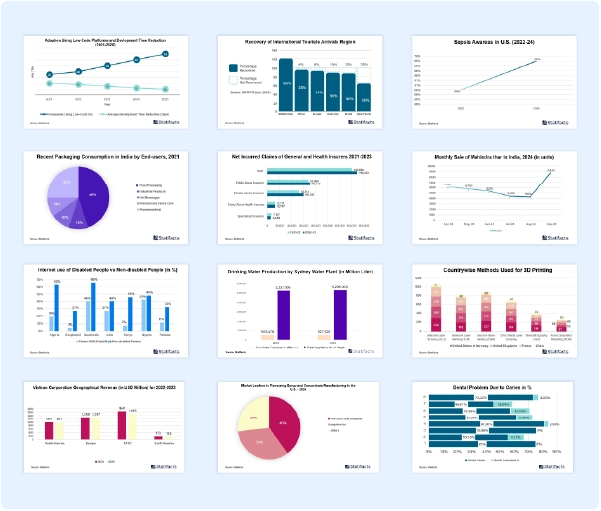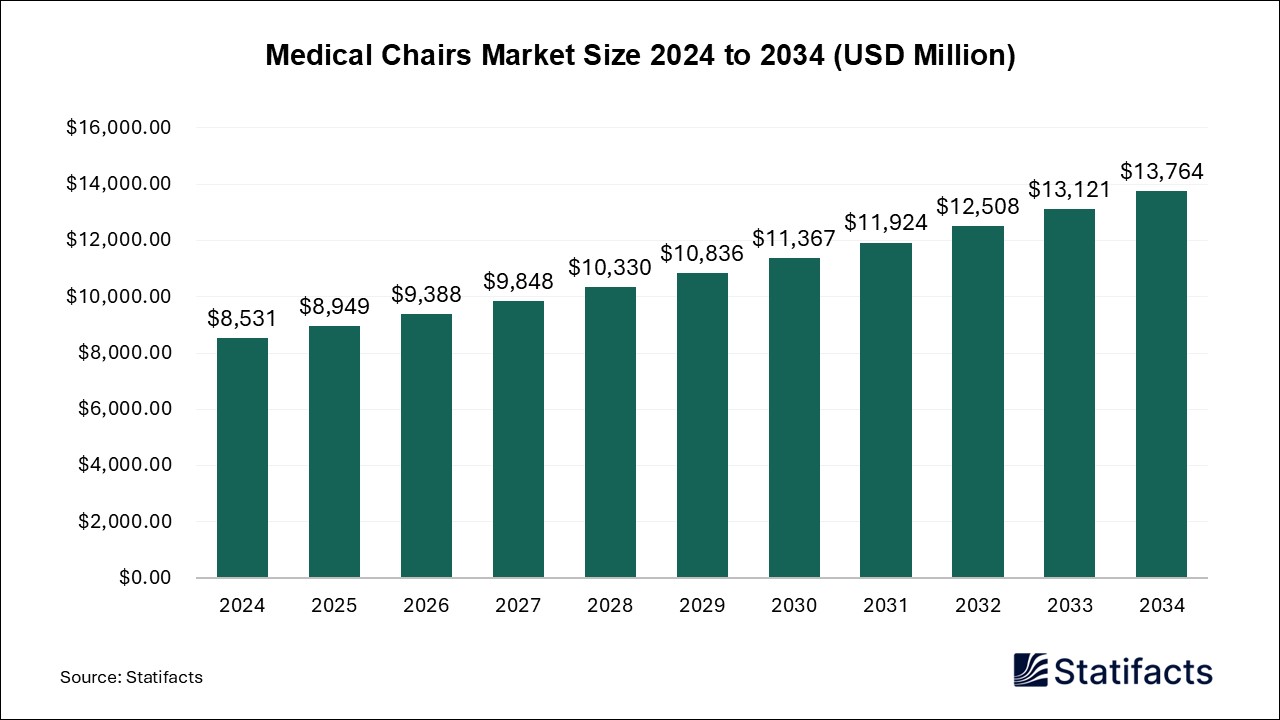

Our customers work more efficiently and benefit from
The global spatial proteomics market size was estimated at USD 87.7 million in 2024 and is projected to be worth around USD 357.89 million by 2034, growing at a CAGR of 15.1% from 2025 to 2034.
| Industry Worth | Details |
| Market Size in 2025 | USD 100.94 Million |
| Market Size by 2034 | USD 357.89 Million |
| Market Growth Rate from 2025 to 2034 | CAGR of 15.1% |
Spatial proteomics is a developed sector in proteomics that aims to analyze the spatial redistribution of proteins within tissues and cells. The shift toward customized medicine focuses on the requirement to determine the protein level characteristics of patients. Spatial proteomics offers crucial insights into protein redistribution and function, assisting in the advancement of monitored therapeutic methods and thus boosting market growth.
“At Akoya, we are proud to be at the forefront of spatial proteomics, revolutionizing how scientists understand complex biological systems,” said Brian McKelligon, CEO of Akoya Biosciences. “Spatial proteomics being recognized by Nature Methods underscores the pivotal role this method plays in driving scientific breakthroughs and further validates Akoya’s singular focus on driving continued advancement in our platforms for the betterment of our customers and ultimately patients.”
Brandi Davis-Dusenbery, Ph.D., CEO of Seven Bridges
“Spatial Transcriptomics’ technology enables scientists to ask questions about gene expression dynamics that were never before possible, with broad applications for large research projects like the Human Cell Atlas, as well as for teams working to develop treatments for genetically driven diseases like diabetes, Alzheimer’s and cancer,” said Brandi Davis-Dusenbery, Ph.D., CEO of Seven Bridges. “Our relationship with Spatial Transcriptomics will help their technology reach more scientists via the Seven Bridges Platform, which aligns with our goal to make leading-edge bioinformatics tools more accessible and useful to researchers around the globe.”
Artificial intelligence has been raised as a revolutionize tool, improving data processing prediction in proteomics and pattern recognition. Proteomics, the vast-scale study of proteins, is a keystone of modern biology, providing insights into cellular functions, therapeutic targets, and disease mechanisms. Moreover, the complexity of proteomics data, featured by high variability and dimensionality, presents remarkable analytical challenges.
North America is regarded as the largest spatial proteomics market share. The region’s supremacy is largely because of its pharmaceutical industries and entrenched biotechnology. The expansion is mainly boosted by biotechnology and life sciences research covering nations like Japan, South Korea, and China.
North America
North America dominated the global spatial proteomics market in 2024. The region contributes in terms of market share, boosted by various factors such as substantial investments in life sciences research, the existence of top biotechnology and pharmaceutical firms, and developed academic research institutions. North America, mainly the United States, has leading research centers, biotechnology companies, and hospitals, all of them accepting the development of spatial proteomics technologies.
Europe
Europe is experiencing rapid growth in the market. The growing need for personalized medicine in Europe, also in the existence of major market players like Merck KGaA, is anticipated to drive regional growth. Initiatives by research organizations to develop proteomics technologies like spectrometry and chemo proteomics are anticipated to further boost market growth.
China and APAC
The Asia Pacific (APAC) region is projected to be the fastest-growing in the spatial proteomics market. The China spatial proteomics market is anticipated to become the highest share value due to the robust infrastructure for conducting vast-scale clinical trials and research, along with its expense-competitive benefits that are captivating domestic and international firms to fund spatial proteomics technologies.
The competitive landscape of the spatial proteomics market is dominated by a mix of sustained biotechnology firms, academic collaborations, and emerging startups, all attempting to innovate and stretch the abilities of spatial proteomics technologies. Major players are aimed at generating advanced platforms that integrate proteomic determination with high-resolution spatial mapping, boosting innovation in areas like mass spectrometry, single-cell proteomics, and imaging technologies.
PerkinElmer Inc. is a manufacturer of detection and imaging technologies, informatics solutions, consumables, accessories, and numerous other services. The firm’s key products include ELISA Kits, cytogenetic reagents, tissue biomarker reagents, chromatography instruments, atomic spectroscopy instruments, molecular spectroscopy, thermal analysis instruments, and newborn screening instruments.
Bruker Corp takes part in innovation, product quality, range, and pricing, along with global reach and various customer service.
10x Genomics, Inc. works in the competitive environment of life science technology, targeting single-cell and even spatial biology, with major competitors that include Oxford Nanopore Technologies, Bio-Rad, NanoString, and BD.
Published by Laxmi Narayan
For any questions about this dataset or to discuss customization options, please write to us at sales@statifacts.com
| Stats ID: | 8188 |
| Format: | Databook |
| Published: | April 2025 |
| Delivery: | Immediate |
| Price | US$ 1550 |

| Stats ID: | 8188 |
| Format: | Databook |
| Published: | April 2025 |
| Delivery: | Immediate |
| Price | US$ 1550 |

You will receive an email from our Business Development Manager. Please be sure to check your SPAM/JUNK folder too.

Unlock unlimited access to all exclusive market research reports, empowering your business.
Get industry insights at the most affordable plan
Stay ahead of the competition with comprehensive, actionable intelligence at your fingertips!
Learn More Download
Download

